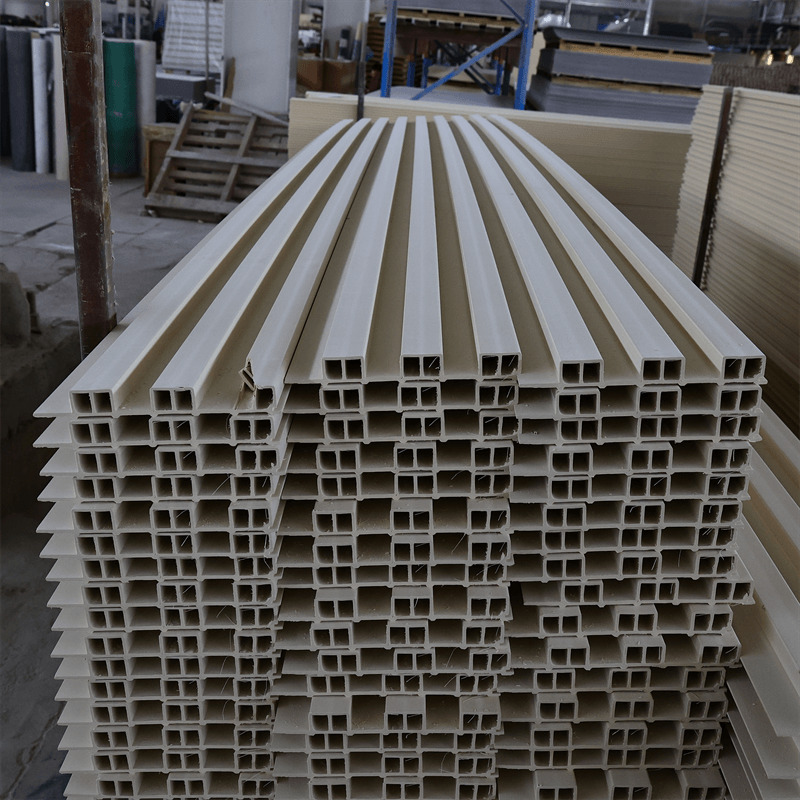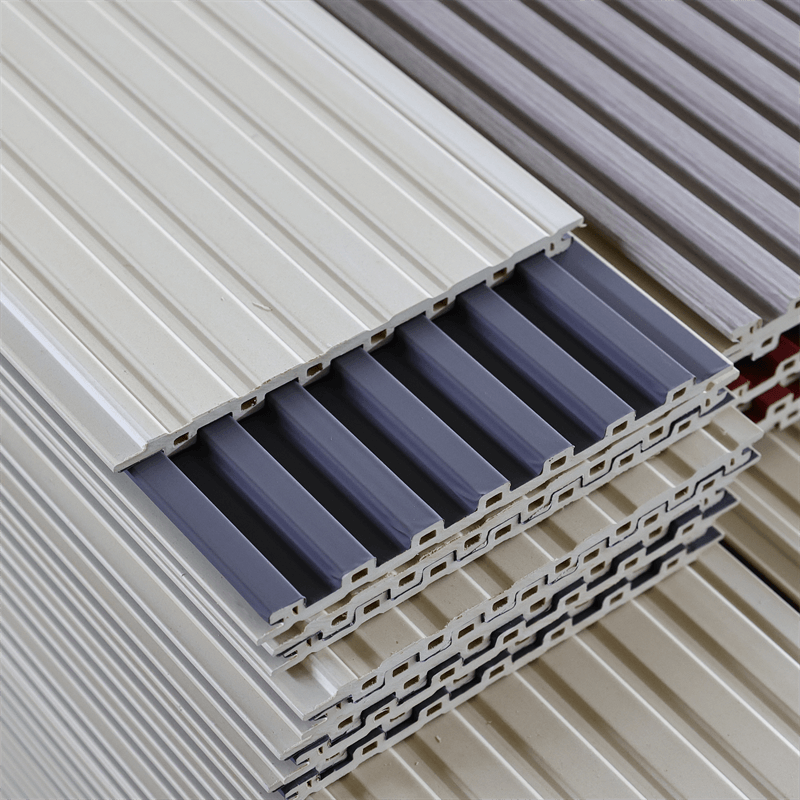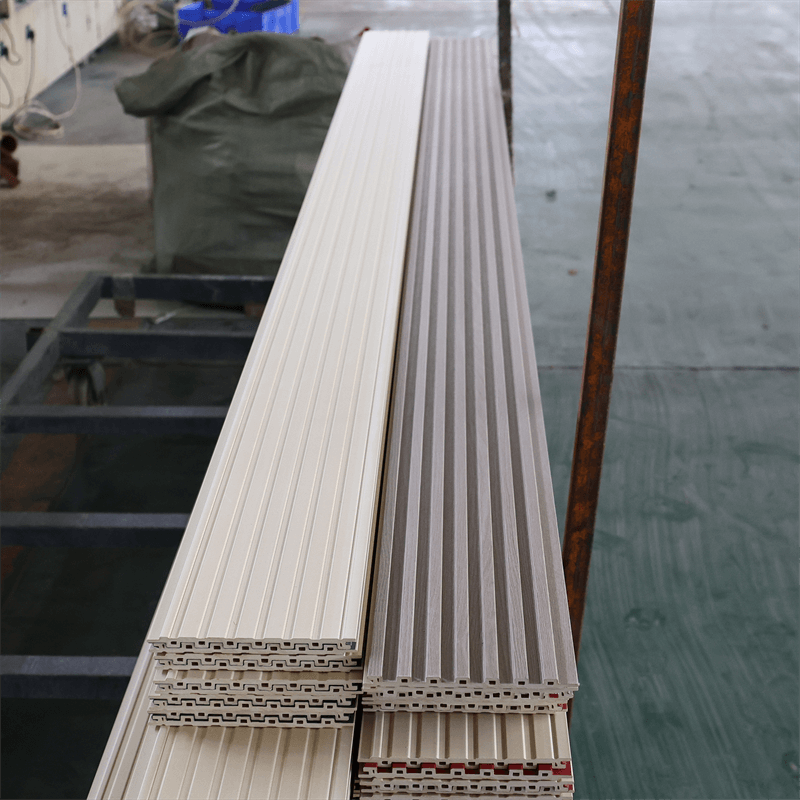In recent years, there has been a growing emphasis on sustainability and environmental consciousness in various industries, including interior design and construction.
As more people recognize the importance of reducing their carbon footprint and adopting sustainable practices, the demand for eco-friendly building materials has surged.
WPC (Wood-Plastic Composite) wall panels have emerged as a popular choice in sustainable interior renovations, offering a range of benefits that contribute to both environmental preservation and the creation of beautiful living spaces.
This essay explores the role of WPC wall panels in sustainable interior renovations, focusing on their eco-friendly properties, energy efficiency, durability, and design versatility.
I. Eco-Friendly Properties of WPC Wall Panels
- Use of Recycled Materials: WPC wall panels are typically composed of a blend of wood fibers and recycled thermoplastics, such as high-density polyethylene (HDPE). By utilizing recycled materials, these panels help reduce the demand for virgin resources and minimize waste.
- Sustainable Forestry Practices: The wood fibers used in WPC wall panels often come from sustainable forestry practices, ensuring responsible sourcing and reducing the impact on natural ecosystems.
- Low VOC Emissions: Volatile Organic Compounds (VOCs) are chemicals that can be emitted from certain building materials and have detrimental effects on indoor air quality and human health. WPC wall panels have low VOC emissions, making them a healthier choice for interior spaces.
II. Energy Efficiency in Interior Renovations
- Thermal Insulation: WPC wall panels provide excellent thermal insulation, helping to regulate indoor temperatures and reduce energy consumption. By minimizing heat transfer through walls, these panels contribute to energy efficiency and can lead to reduced heating and cooling costs.
- Air Tightness: Proper insulation and air tightness are essential for maintaining an energy-efficient interior environment. WPC wall panels, when installed correctly, create a tight seal that prevents air leakage, ensuring better control over indoor temperatures and reducing the need for excessive heating or cooling.
III. Durability and Longevity
- Resistance to Moisture and Decay: WPC wall panels are highly resistant to moisture, making them an ideal choice for areas prone to dampness, such as bathrooms and basements. Unlike traditional wall materials, WPC panels do not rot, warp, or degrade when exposed to water, ensuring long-lasting performance and durability.
- Impact Resistance: The robust nature of WPC wall panels makes them highly resistant to impacts and damage. This durability allows them to withstand everyday wear and tear, reducing the need for frequent replacements and minimizing waste.
IV. Design Versatility and Aesthetics
- Range of Finishes and Textures: WPC wall panels offer a wide range of finishes, textures, and colors, allowing for design versatility and the ability to create various aesthetics. Whether seeking a natural wood look or a contemporary design, WPC panels can be customized to match the desired style of the renovation project.
- Easy Installation and Customization: WPC wall panels are designed for easy installation, saving time and labor costs during the renovation process. Additionally, these panels can be easily cut, shaped, and customized to fit specific design requirements, providing flexibility and adaptability in interior renovations.
In conclusion, WPC wall panels play a significant role in sustainable interior renovations, offering a range of benefits that contribute to environmental preservation and the creation of aesthetically pleasing living spaces.
With their eco-friendly properties, energy efficiency, durability, and design versatility, WPC panels provide a sustainable alternative to traditional wall materials.
By incorporating WPC wall panels in interior renovations, homeowners and designers can reduce their carbon footprint, improve energy efficiency, and create durable and visually appealing spaces.
As the demand for sustainable building materials continues to grow, WPC wall panels have emerged as a reliable and eco-friendly option.
Their use of recycled materials, sustainable sourcing, and low VOC emissions align with the principles of environmental consciousness.

Additionally, their thermal insulation properties, air tightness, and resistance to moisture and decay contribute to energy efficiency and long-term durability.
Furthermore, the design versatility of WPC wall panels allows for creative freedom in interior renovations.
The availability of various finishes, textures, and colors provides options for achieving different aesthetics and design preferences.
With easy installation and customization, WPC panels offer convenience and adaptability to meet specific project requirements.
By incorporating WPC wall panels into sustainable interior renovations, individuals can make a positive impact on the environment while creating beautiful and functional living spaces.
As we move forward, it is crucial to continue exploring innovative and sustainable building materials like WPC panels and embrace their role in shaping a greener and more sustainable future for the interior design industry.
In conclusion, WPC wall panels have emerged as a game-changer in sustainable interior renovations.
Their eco-friendly properties, energy efficiency, durability, and design versatility make them a preferred choice for homeowners and designers seeking to create environmentally conscious and visually stunning spaces.
By utilizing recycled materials and promoting sustainable forestry practices, WPC wall panels contribute to the reduction of waste and the preservation of natural resources.
Their low VOC emissions ensure better indoor air quality, promoting a healthier living environment.
Moreover, the thermal insulation and air tightness properties of WPC panels improve energy efficiency, reducing reliance on heating and cooling systems and lowering energy consumption.
The durability of WPC wall panels, coupled with their resistance to moisture and decay, ensures long-lasting performance and minimizes the need for frequent replacements, thereby reducing waste generation.
Their design versatility and ease of installation offer flexibility and customization options, enabling homeowners and designers to bring their creative visions to life.
As the demand for sustainable interior renovations continues to rise, WPC wall panels provide a reliable and environmentally conscious solution.
By incorporating these panels into renovation projects, individuals can contribute to a greener future while enjoying the benefits of energy efficiency, durability, and aesthetic appeal.
In the pursuit of sustainable living and responsible design, it is crucial to consider the impact of every material and product used in interior renovations.
WPC wall panels have proven themselves to be a valuable asset, aligning with the principles of sustainability and offering a range of benefits that go beyond traditional wall coverings.
As we move forward, it is essential to continue exploring and adopting sustainable building materials like WPC panels.
By embracing innovation, we can transform our living spaces into eco-friendly havens that promote both our well-being and the health of the planet.
With WPC wall panels, sustainable interior renovations are within reach, enabling us to create beautiful, functional, and environmentally conscious spaces for generations to come.


